When teaching a fitness class, there are many things that instructors tend to worry about.
Are my instructions clear? Are the exercises too challenging or not challenging enough? Can people understand what I am saying? Is it okay to be out of breath as I’m giving directions?
The first few are easy to evaluate. You can ask participants after class or have them fill out quick surveys. That last one is a little tougher to answer.
The short answer is yes, it’s okay. But it also can be a complicated answer. Here are some things to consider to fully understand why getting out of breath while teaching a fitness class is okay.
The basics

First, it is essential to recognize that you need to breathe differently when exercising. That is common sense, but it’s something that many people don’t realize. Breathing is just natural, right? We don’t learn it; we just do it.
Breathing while exercising is a different matter. I will not deep dive into the science here; just give it to you in plain language.
Your brain and body need oxygen to survive. Heart, lungs, and muscles all use it. As your exercise level increases, those parts of your body need more oxygen to keep up with the increased demand. If you are out of breath, it simply means that you need to increase your oxygen levels.
Technique matters
One of the most efficient ways to increase your oxygen intake during exercise is to practice breathing when you are resting. The key is an even inhale/exhale pattern. The timing is different for every person and depends on the type of exercise (see below), but generally, 2-3 seconds for each will help regulate your lung capacity, especially during endurance-type workouts.
Locational breathing
Stop what you are doing for a moment and just breathe. Where are you breathing from, your lungs? That’s common and the most natural way to breathe. But breathing from the diaphragm can allow deeper breaths and more breathing control.
There is a reason that the first thing every singer learns is how to breathe from the diaphragm. It would look silly if they were gasping lungfuls of air every time they tried to hit a high note!
The diaphragm is a muscle that essentially separates the chest cavity from the abdominal cavity. Breathing from the diaphragm means inhaling (preferably through the nose) and filling your abdominal cavity with air…not your chest cavity. You should feel your stomach collapsing on the exhale, not your lungs.
This takes practice and lots of it. If you concentrate on breathing from the diaphragm, I am betting that you will find your shortness of breath issues disappearing.
Types of exercise
Diaphragmatic breathing can help you increase your breathing capacity regardless of your exercise choice. However, there are additional techniques to consider depending on the fitness class you are leading.
Yoga

Focus on breathing through your nose, allowing the air to hit the back of your throat audibly. Done correctly, it should sound like waves hitting the shore. This method relieves tension, enables deeper breaths (remember the need for increased oxygen?), and shifts the focus from the poses to the breathing.
This technique works for any sustained pose exercises, from pilates to planks.
HIIT
High-Intensity Interval Training (HIIT) is increasingly popular for its many benefits, but it’s also one of the most complicated to breathe through. You have to employ two different techniques.
During the exercise, take short and efficient breaths. If you are a runner, you know that this is generally one inhale per two beats and one exhale per two beats. Remember, these are not shallow breaths, just faster ones.
During the brief rest period, breathe deeply through the nose, pausing at the top of the breath before exhaling through the mouth. Your lungs should empty on the exhale. This expels the CO2 that builds up, replacing it with fresh oxygen – preparing for the next round of exercise.
Cardio

This one is simple, but only because I just mentioned it. Apply the same technique as during the exercise portion of HIIT. Short, efficient breaths at one inhale per two steps and one exhale at the same rate.
I do want to point out that measured breathing is vital in exercise and when your body is at rest. It is just done at a faster pace when exercising.
Know your body
Of course, shortness of breath can be an indication of a more serious health issue, so if you continue to get out of breath while teaching a fitness class, please see your doctor and discuss any other potential problems.
But, if you apply these techniques, you should find yourself breathing easier while you teach. If it still happens, you can always figure that the exercise is just that strenuous. And that is okay, too!
If you want to see how I can help you reach your fitness goals, contact me!

